When you’re buying a home, especially one built before 1950, a thorough home inspection is crucial. Homes from this era often have unique features and issues that require special attention. Knowing what to expect can help you make informed decisions and potentially save you from costly surprises down the road. Here’s a rundown of common findings you might encounter in a pre-1950 home inspection:
1. Outdated Electrical Systems
Older homes often have outdated electrical systems that might not meet modern safety standards. Key concerns include:
- Knob-and-Tube or Cloth Wiring: Common in homes built before 1950, this type of wiring lacks grounding and can pose fire hazards. Most insurance companies will not insure the home if this type of wiring is present.
- Insufficient Electrical Outlets: Older homes were not designed with today’s electrical needs in mind. You might find fewer outlets or those not grounded properly.
- Outdated Electrical Panels: Fuse boxes or old circuit breaker panels might need upgrading to handle contemporary electrical loads. There are also a few “bad brands” that insurance companies will refuse coverage on. Visit this link for more on that subject.
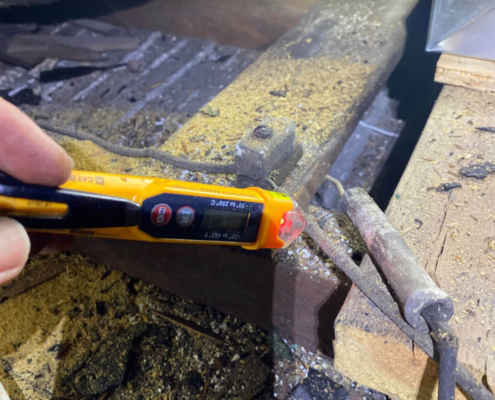
2. Plumbing Issues
Plumbing in pre-1950 homes can reveal several issues:
- Lead Pipes: Homes built before 1950 often used lead pipes, which are now known to pose health risks due to lead contamination. Replacing them with modern copper or PEX pipes is highly recommended.
- Galvanized Pipes: These can corrode and cause low water pressure. Replacement with newer materials is often necessary.
- Cast Iron Drain/Waste Pipes: These can also corrode and/or deteriorate leaving you with a big mess. Replacement with newer materials is often necessary.
- Old Fixtures: Plumbing fixtures might be outdated and could potentially leak or require replacement.
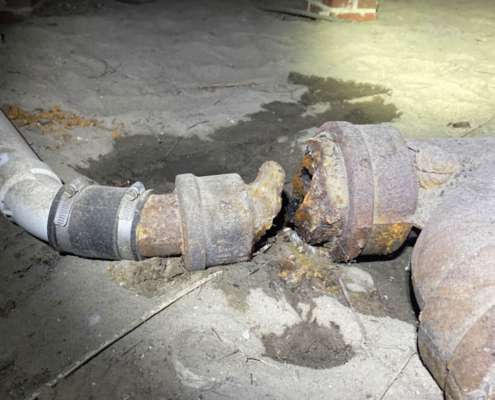
3. Insulation and Energy Efficiency
Pre-1950 homes often lack modern insulation:
- Insufficient Insulation: These homes might not have adequate insulation in walls, attics, or floors, leading to poor energy efficiency and higher utility bills.
- Drafts and Air Leaks: Look for drafty windows and doors. Weatherstripping and insulating these areas can help improve energy efficiency.
4. Foundation and Structural Issues
Older homes can have unique structural challenges:
- Foundation Problems: Look for cracks in the foundation and walls or signs of settling.
- Wood Rot and Termite Damage: Homes with wooden structural components might show signs of rot or damage from pests. Regular inspections and preventative treatments are crucial.
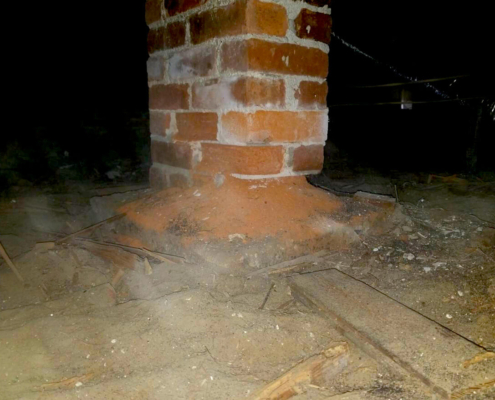
5. Roofing and Gutters
The roofing on older homes might be original or show signs of wear:
- Original Roofing Materials:Homes from this era might still have their original roofing materials, which may be nearing the end of their lifespan. This can lead to denial of coverage from insurance companies.
- Gutter Issues: Old gutters and downspouts might be clogged, rusted, or improperly installed, leading to potential water damage.
6. Asbestos and Lead Paint
Health hazards are a serious concern in older homes. These will need to be inspected and tested by a licensed specialist:
- Asbestos: Often found in insulation, flooring, and siding, asbestos can be hazardous if disturbed. If present, it usually requires professional removal.
- Lead Paint: Homes built before 1978 may have lead-based paint. If the paint is peeling or chipping, it’s important to address this issue to prevent lead poisoning, especially if you have young children.
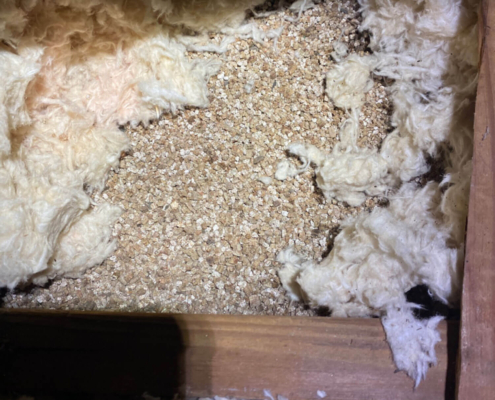
7. Historical Additions and Modifications
Pre-1950 homes might have undergone various renovations:
- Unpermitted Work: Previous owners might have made changes or additions without proper permits. It’s important to ensure that any modifications meet current standards.
- Historical Elements: Some older homes have unique architectural features that may require special maintenance or repair.
8. HVAC Systems
Heating and cooling systems in older homes may be outdated:
- Old Furnaces and Boilers: Pre-1950 homes might still have original heating systems, which could be inefficient or in need of repair or replacement.
- Inadequate Air Conditioning: Central air conditioning might not be present, and if it is, it could be an older model that requires updating or replacement.

Conclusion
A home built before 1950 can have charm and character, but it’s important to be aware of the potential issues that come with its age. A comprehensive home inspection, performed by a licensed professional, can uncover these issues and help you make an informed decision about your investment. Addressing these findings proactively can ensure that your historic home remains a safe, comfortable, and valuable place to live for years to come.
Call or Email Us Today!
Buying or selling a home in the Jacksonville FL area? Our detailed home inspection consists of a thorough examination of all systems and components of the home. See one of our sample home inspection reports and read our 5-star home inspection Jacksonville FL reviews. We’re always here to answer any questions, whether it’s weeks, months or years after your home inspection. Let our local, Jacksonville FL home inspectors help you make an informed decision.
Bold City Home Inspections provides home inspection services to all of Duval, St. Johns, Clay and Nassau counties. Click the button below for a FREE, no-obligation home inspection quote:
Navigation
Business Information
Atlantic Beach, FL 32233
Hours:
Mon – Fri 8am – 6pm
Sat – Sun 8am – 3pm
Home Inspector Proudly Serving:
Home Inspector Blog
- Common Home Inspection Findings in Homes Built Before 1950
- Benefits of Air Quality Testing
- Things to Look for When Touring a Home
- How Long do Asphalt Roof Shingles Actually Last?
- How Long Does a Home Inspection Take?
- Top Tips to Reduce HVAC Energy Costs and Lower Your Energy Bill
- A Basic Guide to Swimming Pool Leaks for Pool Owners
